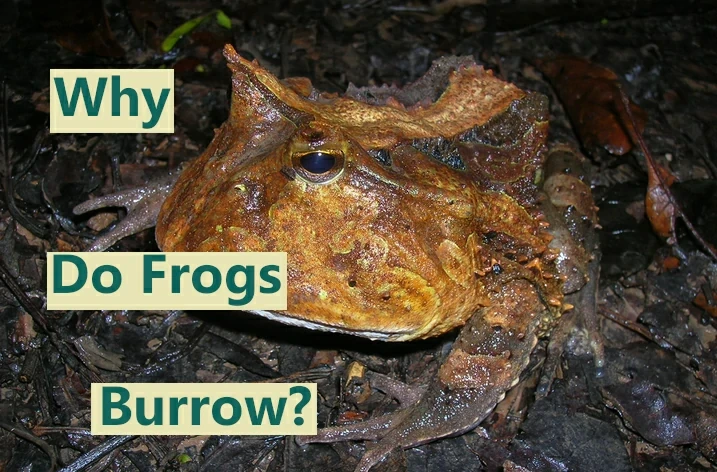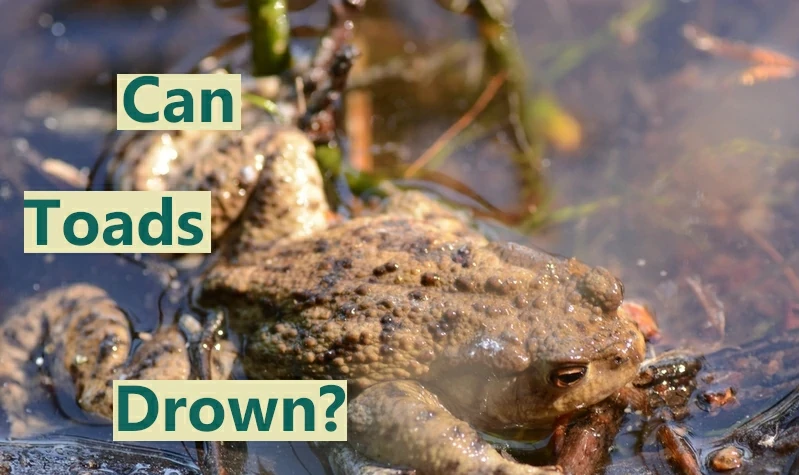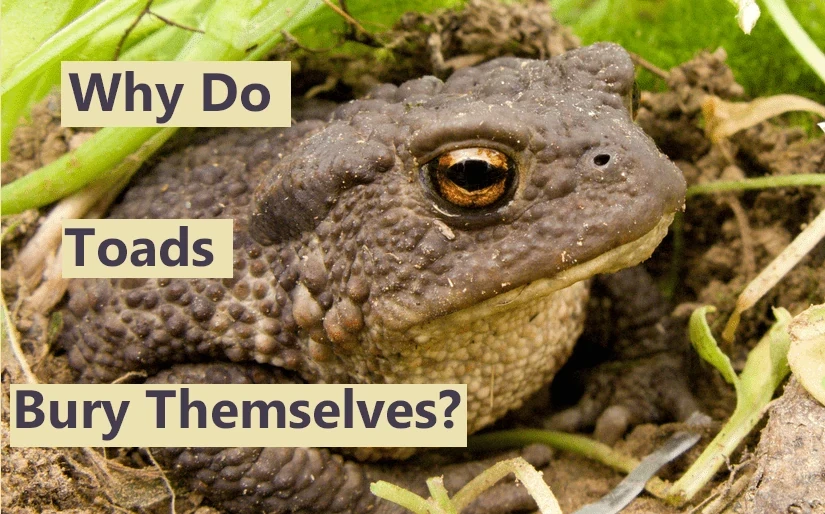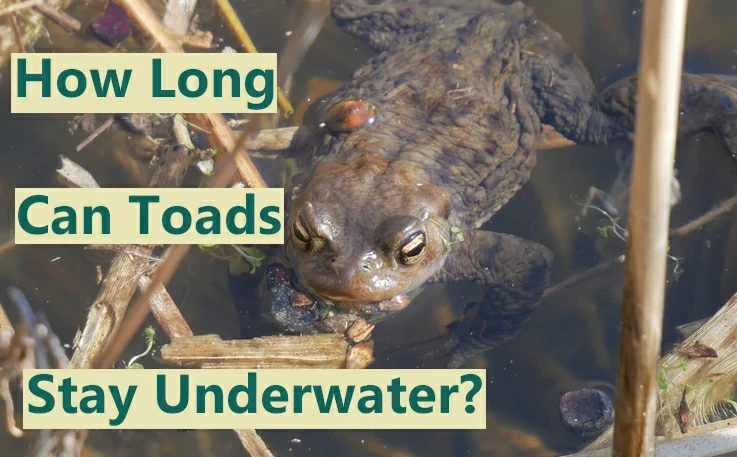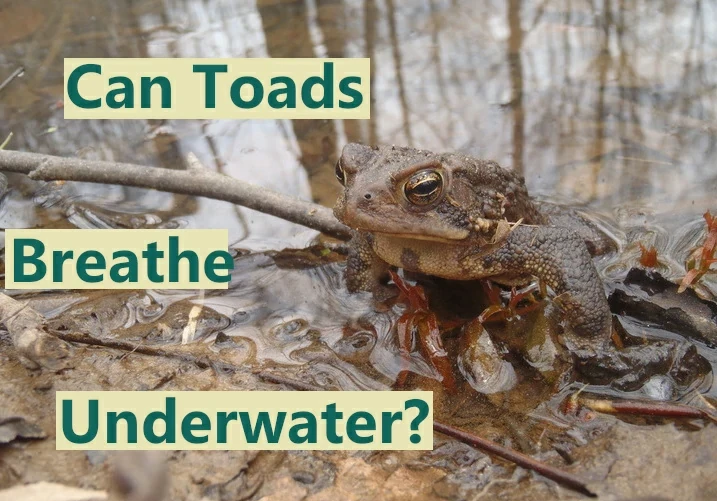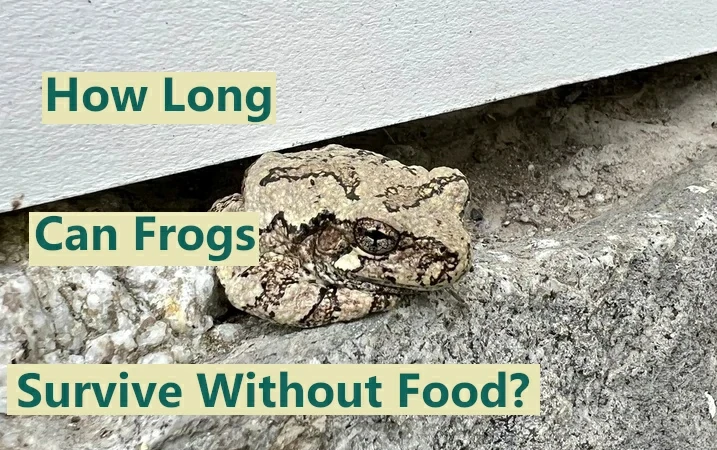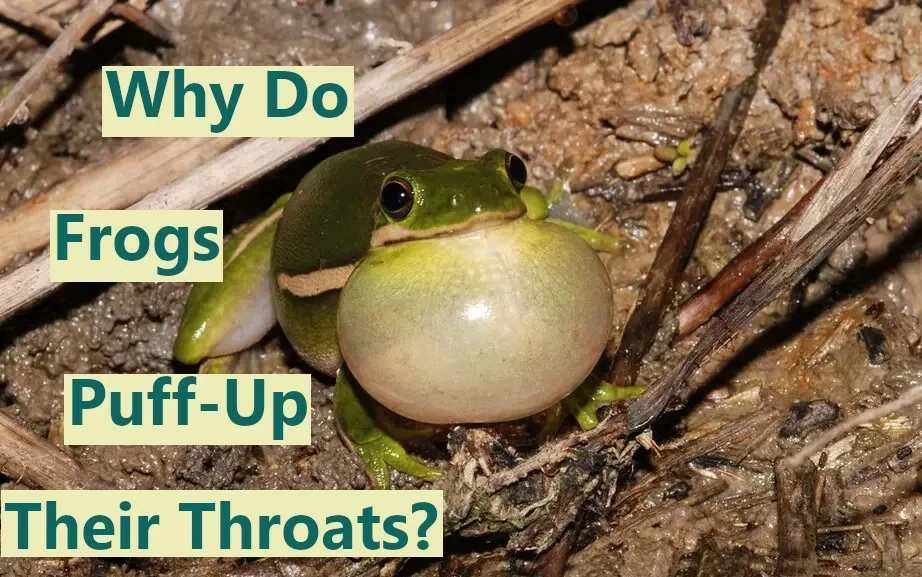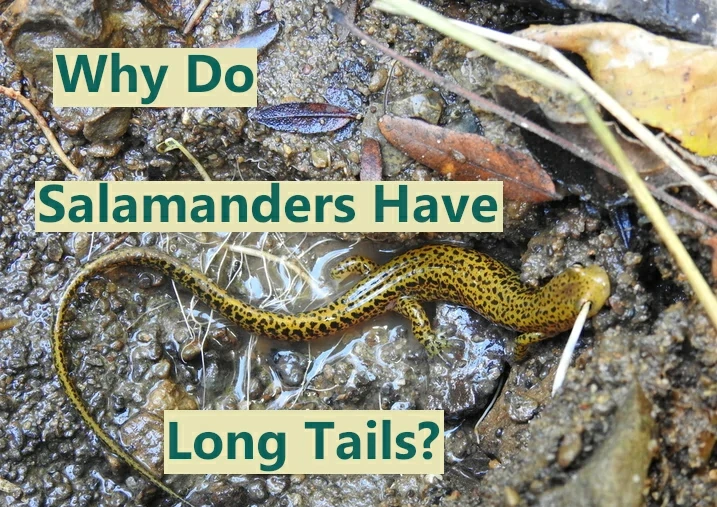Why Do Frogs Burrow?
Most frogs are either nocturnal or crepuscular and are most active in the dark and twilight hours. When inactive, may frogs will burrow is soft soil or mud. But have you ever wondered why frogs burrow? Frogs burrow for a variety of reasons, such as to cool off or stay warm, to hide from predators, … Read more

